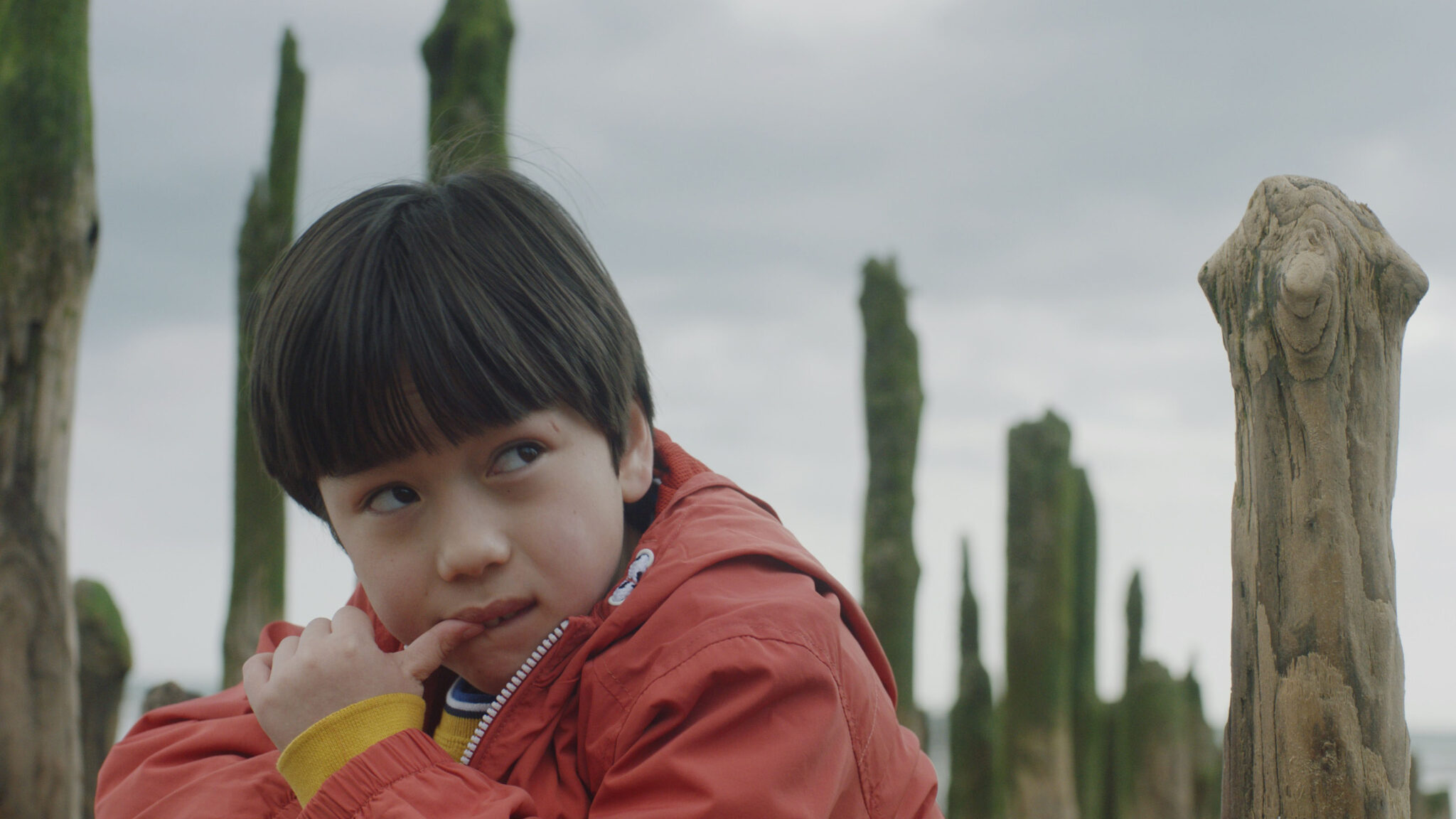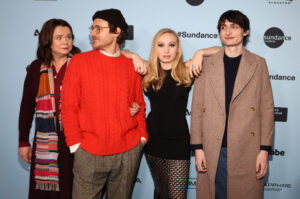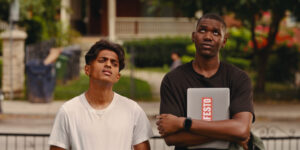By Stephanie Ornelas
There’s so much beauty in seeing the world differently.
Independent filmmakers have done a lot to help open our eyes to unique narratives and experiences around the world. Artists like Samantha Buck (Best Kept Secret), Roger Ross Williams (Life, Animated), and Jerry Rothwell (The Reason I Jump) are just a few, having brought powerful projects that celebrate neurodiversity in front of audiences. And the financial support provided by Sundance Institute has only helped champion such stories.
“Of course, [The Reason I Jump] can’t reproduce the experience of being autistic, but what we’ve tried to do is shift from the neurotypical way of seeing things,” explained Rothwell in his 2020 Sundance Film Festival Meet the Artist Video. “Neurodiversity is a really important concept because what it does is make us understand that we all see the world subtly differently.”
April has been named World Autism Awareness Month by many organizations, but stories like these should be amplified all year long. They help deconstruct stereotypes and bring us closer to understanding each other with compassion. If you’re wondering how you can educate yourself and others on the remarkable stories of people with autism, start with this short-but-oh-so-sweet list of films that either screened at past Sundance Fests or were supported through Institute programs:
Best Kept Secret (2012 Sundance Documentary Film Grant)
Samantha Buck’s film follows New Jersey public high school teacher Janet Mino, who works tirelessly to find a place in the world for her students with autism — many of whom are students of color — before they graduate. Buck received support through a grant from Sundance Institute’s Documentary Film Program in 2012.
“Best Kept Secret is an exemplary documentary: It spotlights an important issue yet never seeks to squeeze the truth into an easily digestible narrative frame,” Miriam Bale writes in her review of the film for The New York Times, which also selected the documentary as a Critic’s Pick. “Instead, it expands its storytelling to the boundaries of messy, joyful, and painful reality.” Check here for viewing options.
How to Dance in Ohio (2015 Sundance Film Festival)
This award-winning film is a heartfelt documentary about a group of teenagers with different levels of autism who learn to develop social interaction skills by preparing for a spring formal. After her film screened at the 2015 Sundance Film Festival, director Alexandra Shiva was honored with a Peabody Award.
“Focusing on several young women as they go through an iconic American rite of passage, we are given intimate access to people who are often unable to share their experiences with others,” reads the 2015 Festival Program Guide. “With humor and heartbreak, How to Dance in Ohio shows the daily courage of people facing their fears and opening themselves to the pain, worry, and joy of the social world.” Check viewing options here.
Keep the Change (2016 Film Fund Grant, 2016 Editing Intensive)
What’s especially powerful about Rachel Israel’s romantic comedy is that both stars of the film are people with autism, proving that autistic individuals are absolutely capable of representing themselves, and more of them need to be given that opportunity. In the film, an aspiring filmmaker is mandated by a judge to attend a social program that he’s sure he doesn’t need. But when he’s assigned to visit the Brooklyn Bridge with bubbly Sarah, they begin a new relationship that challenges what he thought love was supposed to look like.
In addition to being supported by a 2016 Film Fund Grant and the 2016 Editing Intensive, Israel’s film was also supported by Sundance Institute’s 2016 Music and Sound Design Lab at Skywalker Sound | Feature Film. Keep the Change went on to screen at the 2017 Tribeca Film Festival. Check here for viewing options.
Life, Animated (2016 Sundance Film Festival)
In 2016, Roger Ross Williams (Cassandro, 2023 Sundance Film Festival) took home the Directing Award: U.S. Documentary at the Sundance Film Festival for Life, Animated. The film not only captivated Utah audiences, it was a story many artists with autism and their families could relate to — art can be such a powerful form of expression and communication.
The documentary follows Owen Suskind, who suddenly became nonverbal at 3 years old. For years, only Disney films could engage Owen. One day, when his father donned a Disney character puppet and asked, ‘What’s it like to be you?’ Owen replied verbally with dialogue from the character’s movie. It was then that he found a common language with his parents and began to develop his communication skills.
“Life, Animated tells the remarkable story of how Owen found in Disney animation a pathway to language and a framework for making sense of the world,” writes programmer Caroline Libresco in the Festival Program Guide. “By evocatively interweaving classic Disney sequences with vérité scenes from Owen’s life, the film explores how identification and empathy with characters like Simba, Jafar, and Ariel forge a conduit for him to understand his feelings and interpret reality.” Check here for viewing options.
The Reason I Jump (2020 Sundance Film Festival)
Jerry Rothwell won the hearts of Festgoers at the 2020 Sundance Film Festival with his documentary that explores the experiences of young nonverbal autistic people through five remarkable stories. The illuminating and immersive film, based on Naoki Higashida’s book The Reason I Jump: The Inner Voice of a Thirteen-Year-Old Boy with Autism, was honored with the Audience Award: World Cinema Documentary.
“Moments in the lives of the characters are woven together with passages from Higashida’s writing, creating a sensually rich tapestry. [Rothwell] utilizes the potential of cinema to evoke these intense sensory worlds, illustrating Higashida’s core message: not being able to speak does not mean there is nothing to say,” reads the Festival Program Guide. Check here for viewing options.







